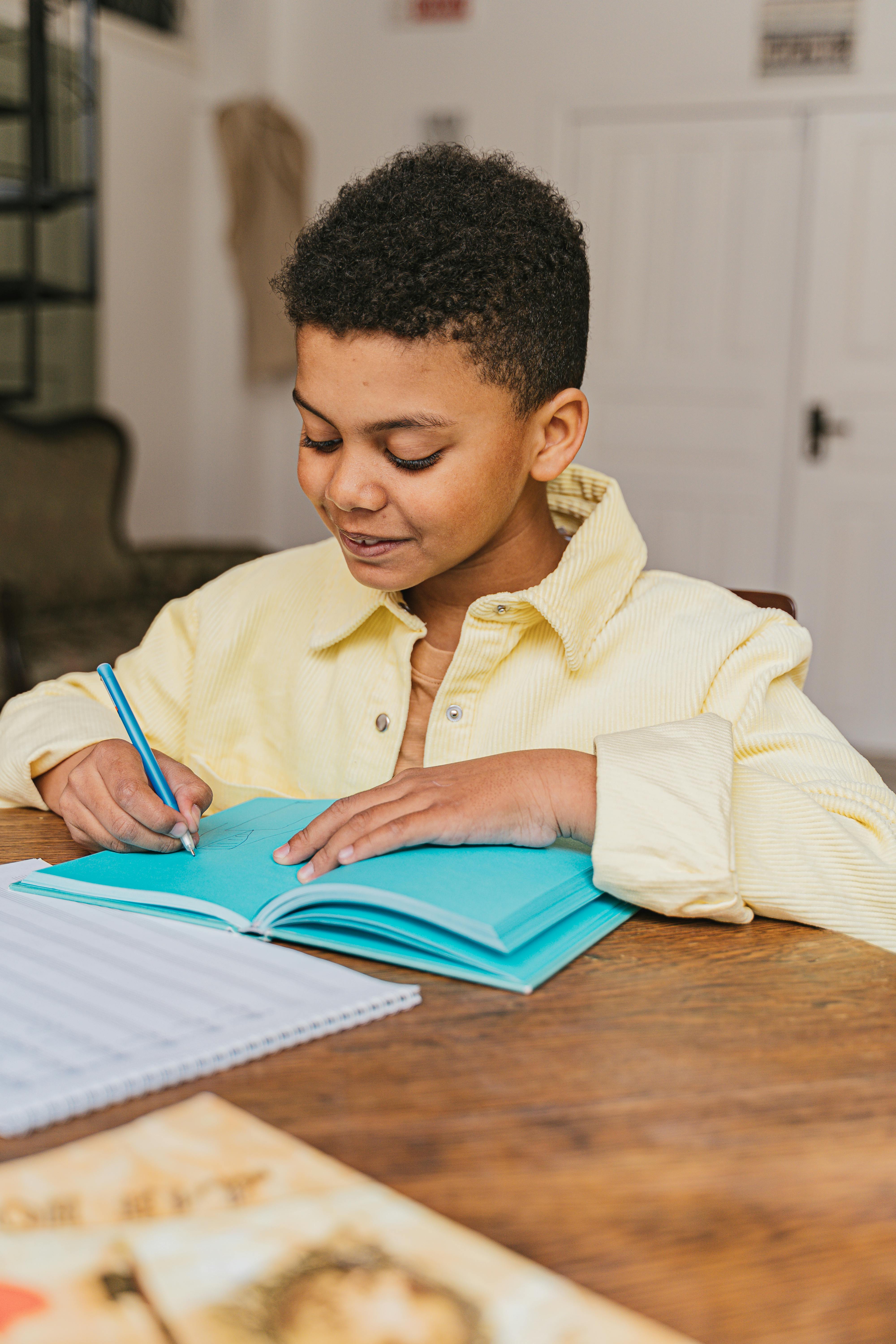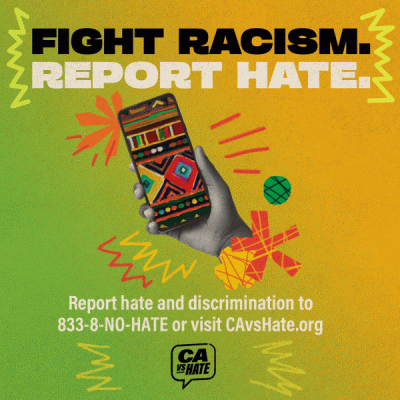
In January, on the eve of Black History Month, President Donald Trump signed an executive order cutting off federal funds for K-12 schools he says indoctrinate kids based on “discriminatory equity ideology” — A.K.A. diversity, equity, and inclusion programs — in the federal government.
Upset, angry and confused, teachers take to social media to express their fears about honestly teaching Black history, a subject that’s been under attack in recent years. They worry they might lose their jobs if they say the wrong thing or teach the wrong lesson in the classroom.
But education experts say teachers should not give in to fear. Instead, they say, educators should be diligent but wary, and use different strategies to teach the honest history of Black people in America.
Pay Attention to State Legislation
“If you’re in a red state, you wanna be very cautious,” historian and TikTok star Ernest Crim III says. “Blue states, depending on the governor’s, you probably don’t need to be as cautious because they’ll probably have certain protections in place.”
Last November, the Florida Department of Education released a list of over 700 books that were either challenged or banned from K-12 schools — a tactic multiple school districts have used to remove Black and queer themes from bookshelves.
States like Florida, Texas, and Utah have made it clear they will not encourage or protect efforts to teach Black history. In Illinois, where Crim resides, districts are mandated to include Black history, but that may not be a priority, depending on the school’s leadership.
“Pay really close attention to any information your district has put out already that communicates how they feel about these things,” Crim says. “Have they made statements about ICE and protecting kids? Have they made statements about securing a teacher’s freedom to teach these diverse perspectives? That’s important.”
Make Everywhere a Classroom for Learning
Last February, teachers sent home letters asking parents for permission to teach basic lessons on Martin Luther King Jr., and allow students to read books by Black authors or watch a movie about Ruby Bridges. This year, Trump’s executive order has some teachers fearful about bringing Black history into the classroom.
Sharif El-Mekki, founder and CEO of the Center for Black Educator Development, encourages teachers to return to the practices of the ancestors, and create innovative ways to teach Black history — regardless of executive orders or district mandates.
“Everywhere is a classroom,” and can be treated accordingly, El-Mekki says. “Everywhere [are] learning opportunities. and in our history in this country and beyond, but particularly in the context of this country, that’s always been.”
Whether it was on a Mississippi steamboat, in a cave, in an attic or a house of worship, “we’ve always found ways” to educate ourselves and our children, El-Mekki says. “We learn from the cradle to the grave, and we can’t take this concept of learning from the cradle to the grave and say, ‘We only do it between eight and five.’”
With over 400,000 followers on TikTok, Crim is skilled at using social media to learn, teach, and connect. From his “Crim’s Black History Field Trips” series to connecting anti-Black racism to the lack of universal health care in the U.S., he can educate hundreds of thousands of people — without restrictions — in a single post.
There are dozens more educators like him, producing Black-themed educational content, out there in cyberspace.
“They might try to ban TikTok again, but they ain’t banning social media, so follow folks who are putting that information out there,” Crim says. “I’m posting several times a day. Follow my page.”
He recommends following other content creators who promote Black history, like Khalil Green, and sharing this information with your students. Let them know who are good pages to follow and do things like fact check.”
Before it had its own officially recognized month, Crim says, Black history education took different forms, including informal get-togethers outside of school and community-sponsored events. But parents and community leaders, he says, also have to step up.
“Look, our kids should be learning our history at home anyway, and I don’t just mean by the parents,” he says. “We should be teaching it in our communities,” including churches.
Creating and Building Community
Platforms like the pulpit or Instagram can help keep K-12 students engaged with Black history, even if their schools ignore or control it. But it’s just as important for teachers to stay connected, too.
A 2022 study found that a quarter of all teachers say limitations on lessons involving race or gender influenced their choice of curriculum materials or instructional practices. That indicates what lawmakers do directly affects what happens in the classroom.
It’s important for teachers to “find your community” of like-minded educators as a support system, El-Mekki says. “They could be right there within the building, it could be in proximity — but you got to find your village, so to speak, to help, even as adults.”
Crim agrees.
“We need bold people who are going to break those barriers,” Crim says. Still, “Don’t do this without support… Don’t do anything alone. Check with your teacher’s union first: ‘Will you support me if I do this? Can we do this collaboratively?’”
“If you don’t have support from the union and other teachers, do it covertly,” he says. “But be careful because we don’t need good teachers losing their jobs this season.”
Keep Parents and Students Informed
Before the era of Classroom Dojo, Google Classroom, and other interactive platforms that keep schools and families virtually connected, teachers used letters or phone calls. When it comes to the curriculum regarding Black history that’ll be taught in the classroom, Crim says, it’s time to go retro to protect both the teacher and the student.
“Now it’s on us as educators because again, we have the power — not alone — but we have a big impact on impacting the future,” Crim says. “And if kids begin to learn the truth they know that that can ultimately change the power structure because when kids learn the truth, they want truth to be empowered.”


